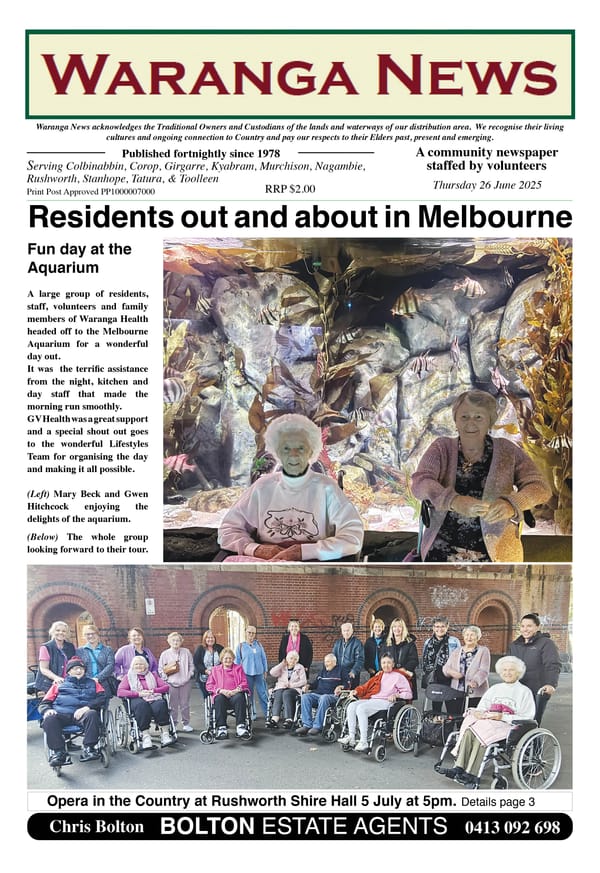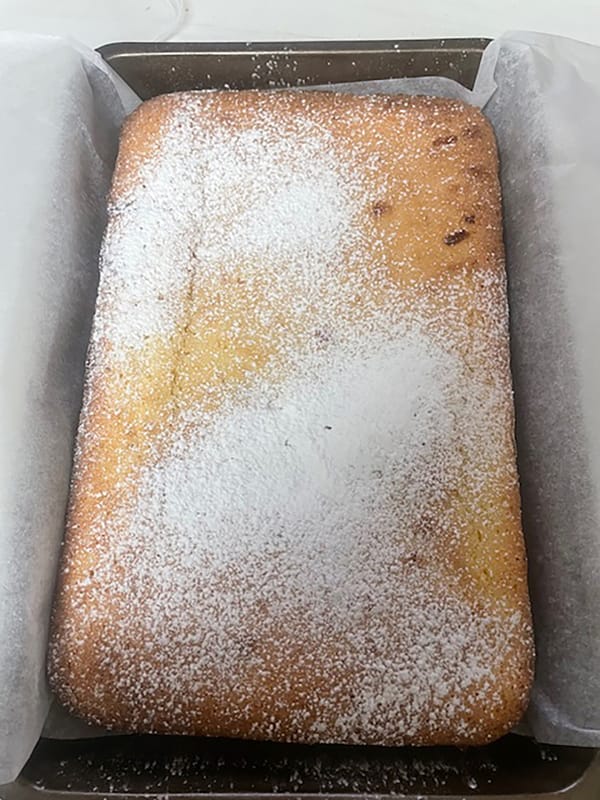12. Puddling machines

Horse-drawn puddling machines, such as the one reconstructed at Whroo, are examples of “the puddling technology developed in Victoria from 1854 in response to the need to process enormous amounts of clay soil which needed to be broken up to get at the gold. Horses were used to drag harrows around a circular ditch in which the soil and water were mixed…In the history of Victorian gold mining…(puddling machines are) the only technology or method developed entirely on Victorian goldfields.”1
Reconstructed puddling machine on the Rushworth-Graytown Road, Whroo
Some of the gold-bearing alluvial clay was often very sticky. The puddling machines could process larger amounts of it much more quickly than the methods previously employed, such as using a bucket or half barrel and agitating the contents with a stick, shovel or some improvised tool.
CHINESE PUDDLERS
As has been stated in previous stories, the Chinese became the pre-eminent puddlers on the Waranga goldfields by the late 1850s. By that time, many of other alluvial miners had either given mining away or were employed with companies focussed on quartz mining underground.
Snippets from newspapers support this fact. In late 1859, The Argus reported that at Whroo, there were 150 Chinese, all of whom were men engaged in alluvial mining.2 There were 63 puddling machines but only 31 of these were operative, probably because of seasonal lack of water. Most of them were being operated by Chinese miners, with the report saying that a majority of the puddling machines in the area had been taken over from Europeans.
At the same time, there were 130 puddling machines around Rushworth, with only just over half being in use. The fact that only 145 Chinese miners were counted suggests that more of the puddling machines at Rushworth were still operated by Europeans.
This means that if the rough census was reasonably accurate, there were nearly 300 Chinese still at the Waranga goldfields, despite the fact that “a considerable number of Chinese have migrated within the last two months.”2
THE 1860s
By 1861, the Colonial Mining Journal reported that at Whroo, “The Chinese are the principal puddlers, and are gradually purchasing the whole of this sort of property.”3
Through the 1860s, Chinese puddlers were still active in the local area, although numbers were dropping. In 1865, a group found a nugget at Whroo weighing over 11 oz (over 300 grams) which they sold to storekeepers Stewart and Smith in Rushworth.4 In January 2024 values, the nugget’s gold value alone would be over $33,000. Quite often, the Chinese miners were making their finds on ground that had already been worked by other miners.
As the quartz miners extended their operations, there was the possibility of coming into conflict with the Chinese puddlers. In 1867 at Whroo, “a serious fight broke out between some Chinese puddlers and a party who had taken up a quartz claim and required to sink near the puddling machine…”.5 Few mining wardens existed to adjudicate, so there was little in the way of effective resolution of this type of dispute. As a result, the aggrieved parties sometimes took matters into their own hands. At least one historian also claims that the “European miners regularly drove off the Chinese whose claims proved to be rich”.6
WATER PROBLEMS
Lack of water was always a problem for the miners on the Waranga goldfields. By its nature, puddling required a significant amount of water. Other miners sometimes complained about profligate water use by the Chinese, but in reality, everyone needed this scarce resource. There is no evidence to suggest the Chinese used more than other miners.
Much later, the Bendigo Advertiser reported that “for domestic purposes strings of Chinamen are to be seen conveying it (water) that distance (2 miles or 3.2 km) in buckets on bamboos.”7 Although this observation was not on the Waranga goldfields, it gives an indication of the difficulties facing the miners. If they had to go to these lengths to obtain domestic water, you could assume that mining operations were pretty much at a standstill. The report also provides a strong mental image of Chinese men carrying loads in a very traditional way with the bamboo across their shoulders supporting a bucket on each side.
Sources: 1 Victorian Heritage Database Report re Bet Bet Reef Gold Puddling Site (11.5.1999); 2 The Argus 26.12.1859; 3 Colonial Mining Journal 8.9.1861 p189; 4 Bendigo Advertiser 29.7.1865 p2; 5 Bendigo Advertiser 20.9.1867; 6 Theobald, Margaret, Mount Alexander – Mountain of Gold 1851-61 p196-7; 7 Bendigo Advertiser 27.3.1876



